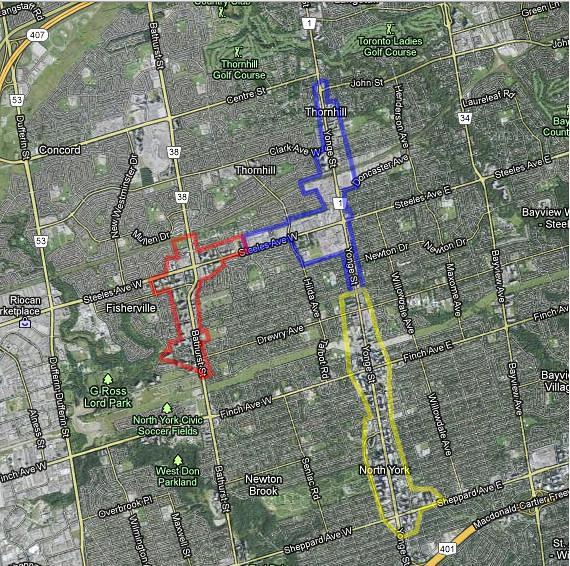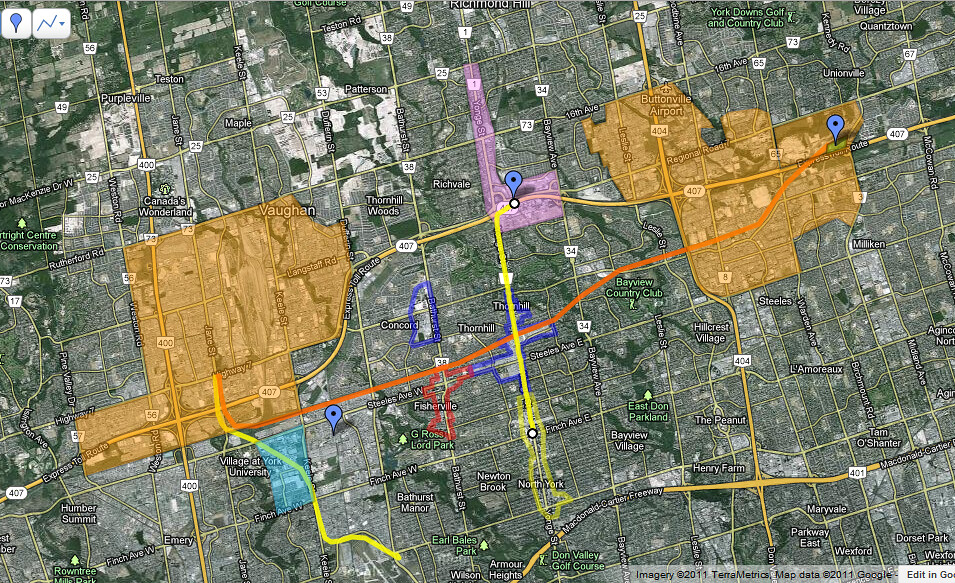AlvinofDiaspar
Moderator
canarob:
I can see York Region paying for their part of the actual Yonge extension but DRL or other related works is probably beyond their ability to fund (not to mention the fairness of having them pay what they don't really derive direct benefit from). It will have to be a provincial level project.
AoD
Also, of course York Region would pay its share, just like it does for TTC buses and is doing for the extension to Vaughan. Any suggestion that York Region wouldn't have to pay anything for the extension is ridiculous. Whether or not what YR pays is a “fair share” is another matter though (I haven't heard anything to suggest it doesn't, but I'm not well versed in the numbers involved).
I can see York Region paying for their part of the actual Yonge extension but DRL or other related works is probably beyond their ability to fund (not to mention the fairness of having them pay what they don't really derive direct benefit from). It will have to be a provincial level project.
AoD







